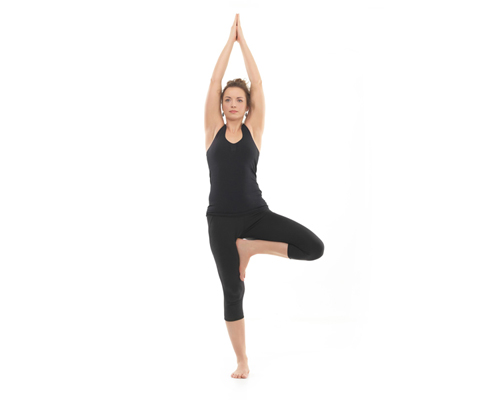What’s This Research About?
This study measures ground reaction forces (GRFs) of common yoga poses. They hypothesized that yoga would result in less than two times body weight (BW) GRFs and that GRF results would be consistent across all subjects.
The authors reference several articles suggesting that high impact sports (running and jumping, e.g.) and lower impact resistance training (weight lifting, e.g) both have positive effects on bone mineral density (BMD). Yoga would fall into the lower impact category.
Newton’s third law states that for every action, there’s an equal and opposite reaction. A GRF is the force the ground gives back to you as you make impact. GRFs are measured with a device called a force plate. If you stand still on a force plate, the GRF won’t differ much than your body weight. But if you walk, run, or jump in place on the force plate, you might see GRFs increase by 1.5 to maybe 3 times your BW.
Higher impact sports have higher GRFs. Even though yoga is considered low impact, during the process of transitioning between poses, GRFs may creep slightly above BW.
Consumer media implies that yoga is good for bone health, but at the time of this publication there was insufficient research to support this claim. The article references a popular book that asserts such and there are certainly others. We can assume that if yoga postures have higher than BW GRFs, then these claims can be somewhat substantiated.

TITLE: Ground Reaction Forces Generated by Twenty-eight Hatha Yoga Postures
PUBLICATION: International Journal of Exercise Science
DATE: 2012
AUTHORS : Wilcox, S.J., Hager, R., Lockhart, B., Seeley, M.K.
Ground Reaction Force (GRF): In physics, and in particular in biomechanics, the ground reaction force is the force exerted by the ground on a body in contact with it.
Bone mineral density (BMD): a measure of bone density, reflecting the strength of bones as represented by calcium content. The BMD test detects osteopenia (mild bone loss, usually without symptoms) and osteoporosis (more severe bone loss, which may cause symptoms).

